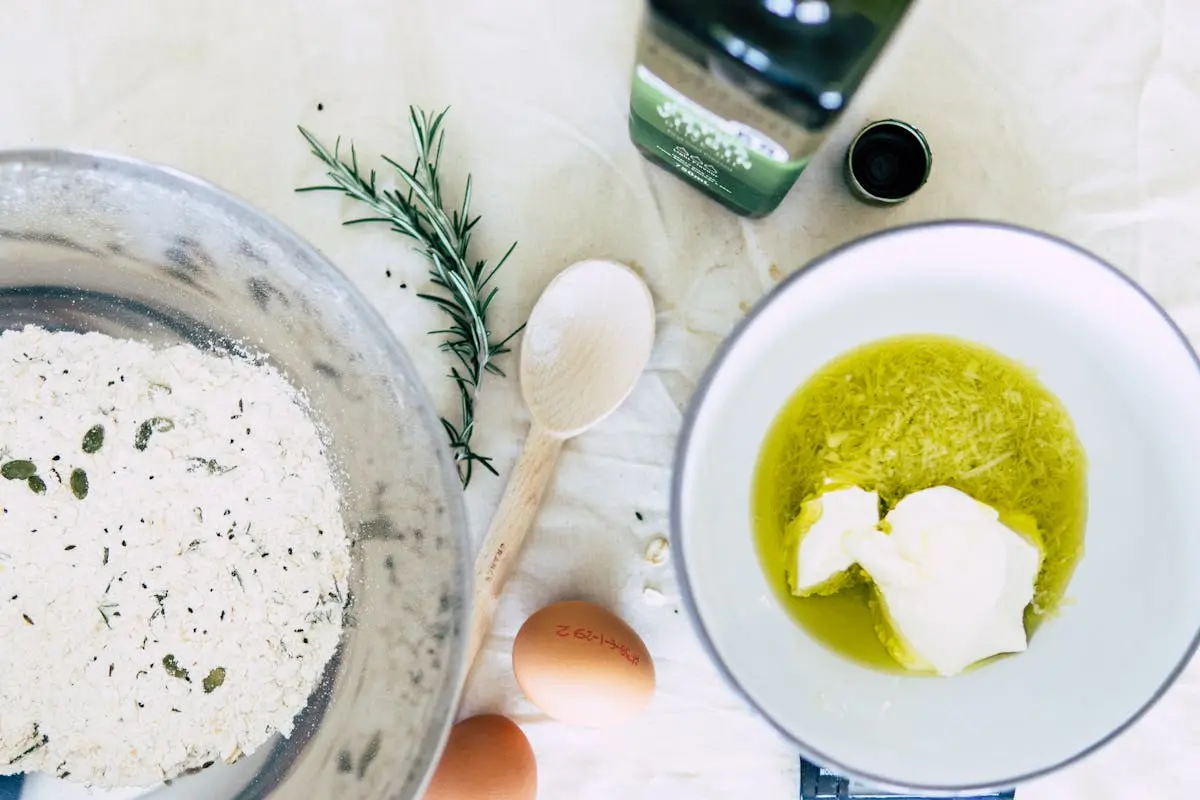How Can You Tell If Olive Oil Is Truly Cold-Pressed?
Understanding the quality of olive oil can be tricky, especially with so many options on the market. In this guide, we'll explore the key factors that help you identify truly cold-pressed olive oil, ensuring you get the best for your culinary needs.
Check the Label for Cold-Pressed Certification
Start by examining the bottle's label. Look for terms like 'cold-pressed' or 'first cold extraction' that indicate the oil's production method.
>These phrases mean that no heat was applied during extraction, helping to preserve the essential flavors and nutrients.
If you don't see these terms prominently displayed, it may hint that the oil wasn't produced using the careful methods of cold pressing.
Remember, if the label is vague or misleading, like just mentioning 'pressed,' be cautious—it’s often a sign that the oil may not be genuinely cold-pressed.
Look for Quality Seals and Certifications
Reputable olive oils often carry quality seals from recognized organizations. These seals ensure the oil meets specific standards of quality.
For instance, look for PDO (Protected Designation of Origin) or PGI (Protected Geographical Indication) labels, which indicate origin and quality.
>These standards are usually strict and help you trust that the oil you choose truly represents its advertised quality.
Additionally, many countries have their own certification bodies that evaluate and license high-quality olive oils, so knowing where your oil comes from can also help you make informed decisions.
Inspect the Color and Clarity
True cold-pressed olive oil usually has a rich green to golden color with some cloudiness. This indicates the presence of natural compounds.
A vibrant, deep color often signals that the oil is rich in antioxidants and nutrients, which are beneficial for your health.
However, not all high-quality oils are the same, so don’t get caught up in just the hue—consider the entire sensory experience.
A clear olive oil can be an indication that it’s been processed or refined, which often strips away its natural flavor and benefits.
Smell and Taste the Oil
A quality cold-pressed olive oil should have a fresh, robust aroma and a peppery flavor with a hint of bitterness. Trust your senses!
When you inhale the oil, it should evoke notes of grass, citrus, or herbs—these scent profiles highlight its freshness.
When tasting, it should create a slight peppery sensation at the back of your throat, indicating high-quality polyphenols.
If the oil tastes flat or lacks complexity, don't hesitate to explore other brands—it’s worth finding one that excites your palate!
Be Aware of Clarity and Sediments
While some cloudiness is good, excessive sediments can indicate poor quality or an unrefined product. Look for a balance.
Cold-pressed olive oil can naturally have some residue from the pressing process, but too much sediment might mean it's been improperly stored or filtered.
>This can lead to rancidity over time, so choose oils that strike a healthy balance between clarity and texture.
>Being aware of these aspects will enhance your knowledge and help you navigate the aisles more confidently.
Consider the Source and Price
Protect your palate by knowing where your oil comes from. Typically, high-quality cold-pressed olive oils are more expensive due to their production methods.
Genuine cold-pressed olive oil often comes from specific regions known for their quality, such as Tuscany, Greece, or California.
>When browsing, be wary of bargain-bin prices; if it seems too good to be true, it probably is!
Investing in a bottle of quality oil not only enriches your meals but also supports the artisans who create it and promotes sustainable practices.
Final Thoughts on Choosing Quality Olive Oil
By following these guidelines, you can confidently select high-quality cold-pressed olive oil that enhances your dishes and promotes health. Always remember to look for reliable certifications and trust your taste buds!

